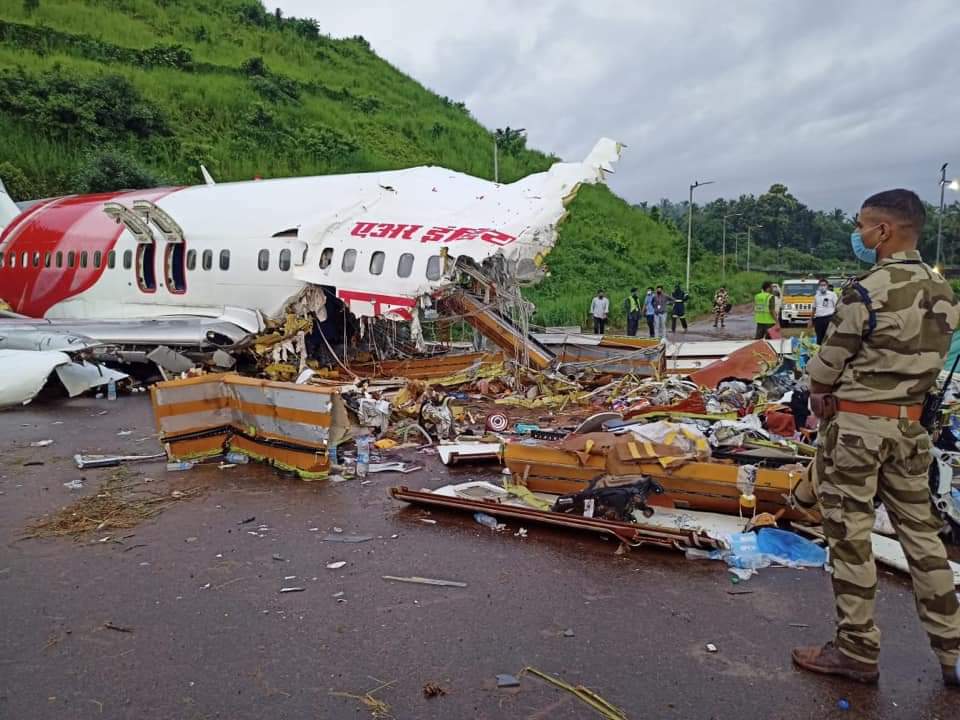Lucknow, Mar 7: Police on Thursday arrested four men from a local right-wing group for beating up two street vendors from Kashmir in Uttar Pradesh’s capital Lucknow amid a backlash on people from the restive state after the Pulwama terror attack last month.
Officials said local residents Bajrang Sonkar, Amar Kumar, Anirudh Kumar and Himanshu Garg of Vishwa Hindu Dal were arrested for thrashing the Kashmiri street vendors after a video of the attack was shared widely on social media.
Some members of Vishwa Hindu Dal led by Ambuj Nigam staged a protest outside the Hazratganj police station demanding the release of the arrested men. Naithani said the role of other members will also be probed in the incident.
Two men in saffron kurtas are seen thrashing one of the vendors in a video of the attack. One of the attackers is seen beating the man with a wooden stick as he cowers and runs away after a while. They are also heard using obscenities.
Lucknow’s senior superintendent of police Kalanidhi Naithani said the men were initially booked for rioting, voluntarily causing hurt and provoking breach of peace. They were later arrested for promoting enmity on grounds of religion, caste and region, attempt to murder and under criminal law amendment act, Naithani said.
The senior police official said some locals saved the two Kashmiris and made a video of the attackers that helped them in tracing them. He said Sonker has 12 criminal cases including that of loot, theft, arms act and murder between 2001 and 2011, he added.
“… Victims r ensured safety to carry out their usual business, medical care& compensation 4 loss (sic),” Uttar Police posted on its Twitter handle.
The men Abdul Salam and Afzal, who are from Kulgam in south Kashmir, alleged that the attackers called them stone pelters and thanked the police for the action against the men.
“We are happy that police have arrested the men who beat us up. We meet the SSP (senior superintendent of police) and he said that police are with us,” Salam said in a video released by Lucknow Police.
Circle officer of Mahanagar police station Santosh Singh said the incident happened at Daliganj bridge in Lucknow’s Hasanganj locality on Wednesday when the men selling dry fruits were attacked by the group.
Singh said the incident was reported to the local police after the video of the attack went viral late on Wednesday night. He said an FIR against unidentified men was registered in the matter.
The former chief minister of Jammu and Kashmir Omar Abdullah tagged Prime Minister Narendra Modi, questioning his stance on the attacks on Kashmiris across India.
“Dear PM @narendramodi Sahib, this is what you had spoken against & yet it continues unabated. This is the state governed by your handpicked Chief Minister. Can we expect action in this case or do we file your concern & assurances as a jumla, meant to placate but nothing more?” Omar Abdullah tweeted on Thursday.
“Nothing will do more damage to the idea of India in J&K than videos like these. Keep thrashing Kashmiris like this on the streets at the hands of RSS/Bajrang Dal goons & then try to sell the idea of “atoot ang”, it simply wont fly (sic),” the National Conference leader posted.
Kashmiris in various parts of the country were reported to have been harassed or intimidated in retaliation against the Pulwama terror attack, prompting the Union home ministry to issue an advisory all states to ensure safety and security of the students and people from Jammu and Kashmir living in their areas.
Kashmiri students and businesses were targeted in several states, while at some places, police booked some Kashmiris for “anti-India” social media posts allegedly praising the suicide attack by Jaish-e-Mohammed, in which 40 CRPF soldiers were killed on February 14.
Students from Kashmir bore the brunt of the backlash that followed the attack with hundreds fleeing cities such as Dehradun and Ambala after being threatened by right-wing activists who, in some cases, resorted to physical intimidation and forced landlords to evict the victims.
The top court had directed all states and Union territories on February 23 to ensure that Kashmiris, particularly students, feel secure, amid reports from several parts of the country that they were being targeted over the Pulwama attack.
The bench, including Chief Justice of India (CJI) Ranjan Gogoi, had said in the order that chief secretaries and heads of police in all states must take prompt action to prevent “incidents of assault, threat, social boycott and such other egregious acts against the Kashmiris including students... and other minorities”.






Comments
Add new comment